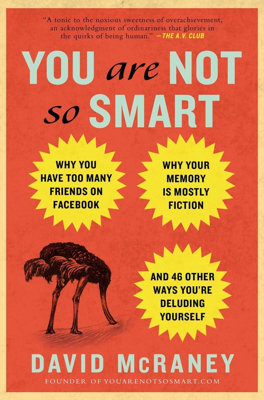The Texas Sharpshooter Fallacy
Misconception vs. Truth
Misconception:
You take randomness into account when determining cause and effect.
Truth:
You tend to ignore random chance when the results seem meaningful or when you want a random event to have a meaningful cause.
The Texas Sharpshooter Fallacy Explained
- Concept Origin: The fallacy is named after imagining a cowboy shooting at a barn, then painting a bull’s-eye around the cluster of bullet holes to give the illusion of precision.
- Human Pattern Recognition: This mental error occurs when people impose meaning on random clusters, mistaking them for significant patterns.
Historical and Contextual Examples
- Lincoln and Kennedy Coincidences: Highlighted similarities often overshadow numerous differences, creating a false impression of meaningful connections.
- Morgan Robertson's "Futility": The novel's similarities with the Titanic disaster seem uncanny but ignore the numerous discrepancies.
- Nostradamus' Predictions: Ambiguous predictions can be retrofitted to match various events, such as those attributed to Hitler, misrepresenting their vagueness as accuracy.
The Mechanics of the Fallacy
- Selective Attention: People focus on coincidences while ignoring the majority of dissimilar events and facts.
- Confirmation by Clustering: Observing clusters in random data and inferring a pattern or cause that is non-existent.
Real-life Implications and Examples
- Reality TV Editing: Producers can create any desired narrative by selecting specific moments from hours of footage, making characters appear more extreme.
- Epidemiology: Cancer clusters in geographic maps are often meaningless without broader context. Assumptions can lead to false causes, such as blaming environmental factors without supporting evidence.
- Autism and Vaccines: Initial correlations between vaccination and autism drew premature conclusions, overlooking other variables and comprehensive research findings.
Consequences of Ignoring Randomness
- Misinterpreting Luck: Beliefs in lucky streaks or hot hands in sports illustrate ignoring unsuccessful attempts and attributing skill or fate erroneously.
- False Attribution of Blame: Misinterpretation of randomness can lead to unwarranted fear or misplaced blame, affecting public perception and policy.
Neuroscience Perspective
- Drive for Order: Human brains evolved to recognize patterns essential for survival but can err by detecting patterns in random noise.
- Randomness and Comfort: Accepting randomness is challenging but crucial for understanding reality without imposing false patterns.
Practical Takeaways
- Recognize the fallacy to better assess causality and avoid attributing undue significance to coincidental events.
- Understand that many perceived patterns and correlations might be artifacts of random distribution rather than meaningful connections.
